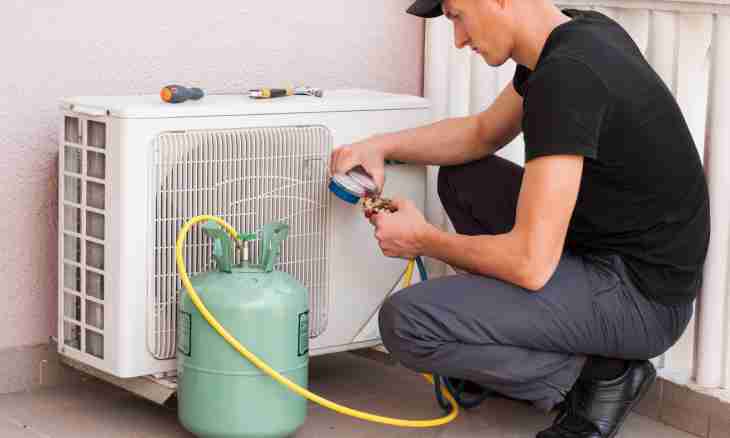Water is one of the most widespread substances on the earth. At an established order of things without water any living being will not be able to survive. It consists of two atoms of hydrogen and one atom of oxygen. Hydrogen - combustible gas, can be used as fuel. Therefore since those times as people learned composition of water, its splittings for receiving hydrogen and use of the last as fuel are not stopped trying. But for receiving hydrogen the energy which surpasses the energy emitted at its combustion is necessary.
It is required to you
- Water, electrodes (graphite, iron), sodium hydroxide, DC power source, alkaline metal.
Instruction
1. Pour water in any capacity. Add a little sodium hydroxide (caustic soda) there and stir solution. Sodium hydroxide is necessary for increase in conductivity of water.
2. Take two pins, one metal, and other graphite and ship them in solution (these are electrodes). Further connect a DC power source to electrodes. On a graphite electrode give plus (anode), and on metal - minus (cathode).
3. Include current. Process of electrolysis at which water will be split on components will begin. From cathode space hydrogen, and from anode space - oxygen will be emitted.
4. Hydrogen from water can be received and in a different way. Pour water in a test tube and place a small piece of any alkaline metal, for example, of lithium or sodium there (it is better not to use potassium as at reaction it quite often ignites). Reaction with formation of a hydroxide of alkaline metal and release of hydrogen will begin.

